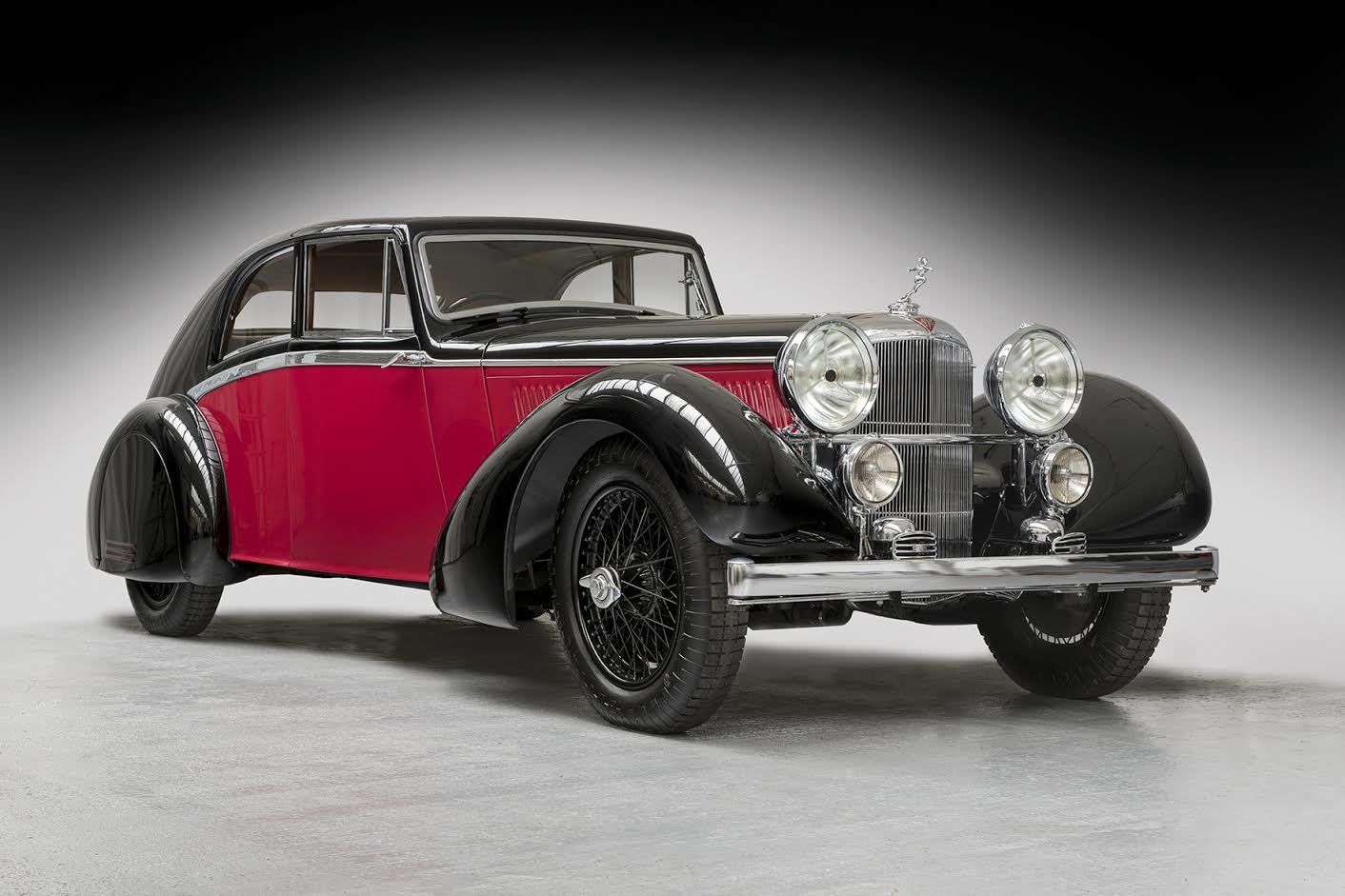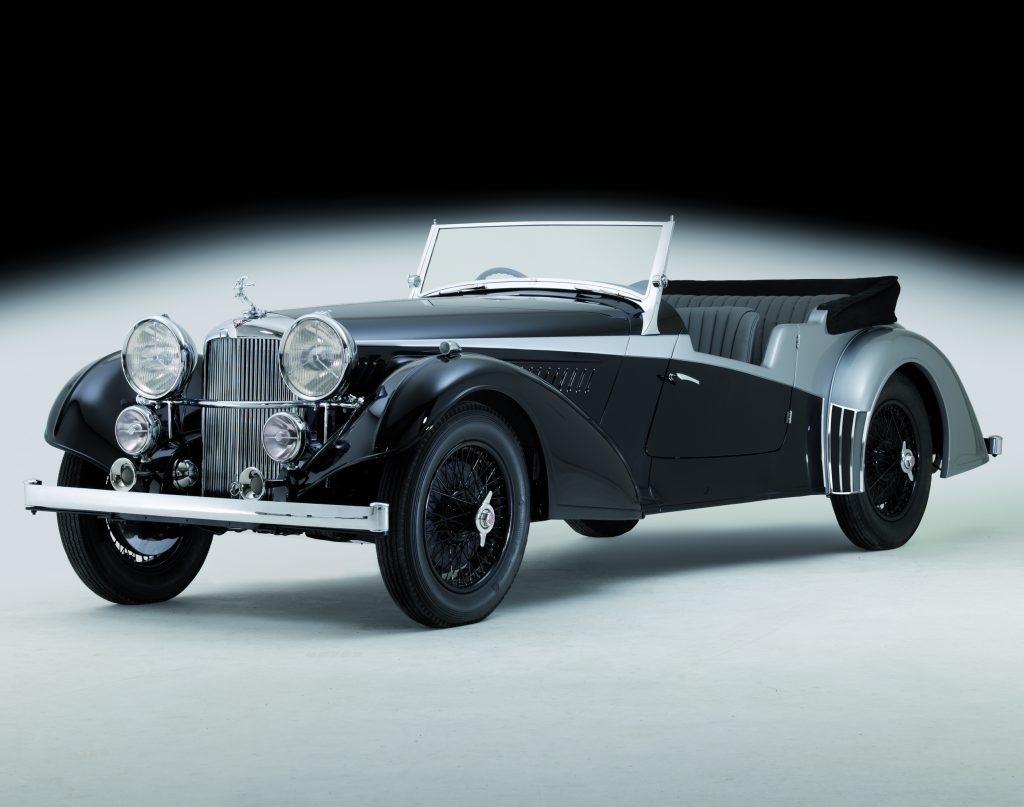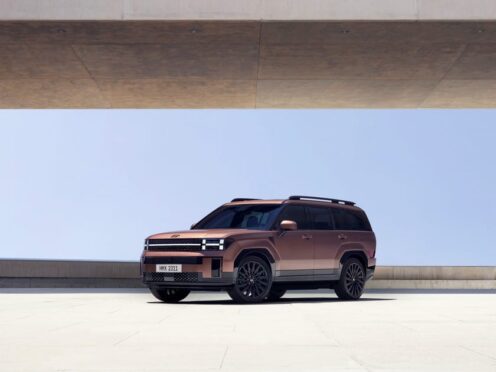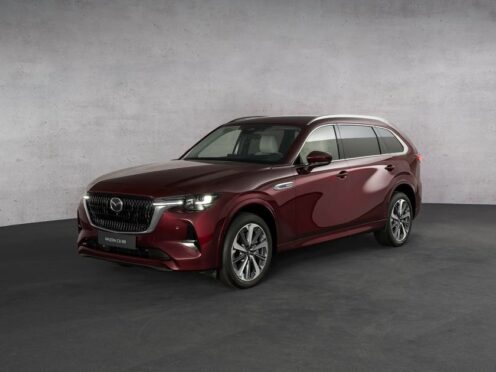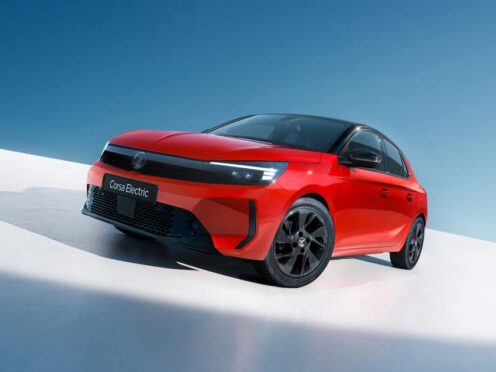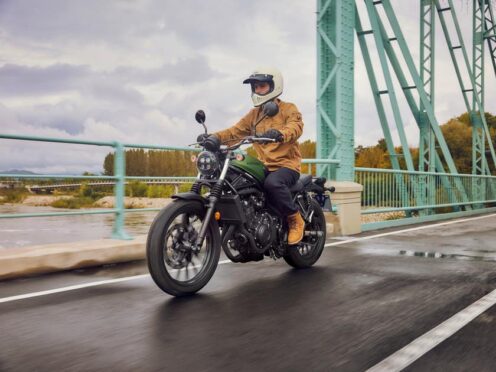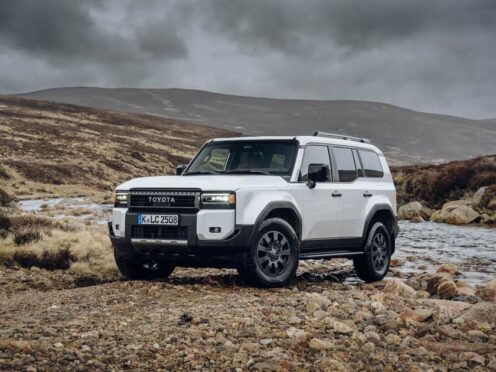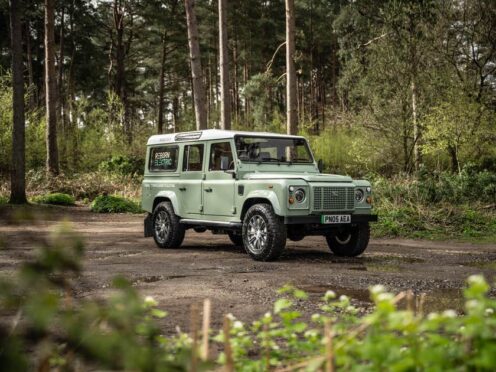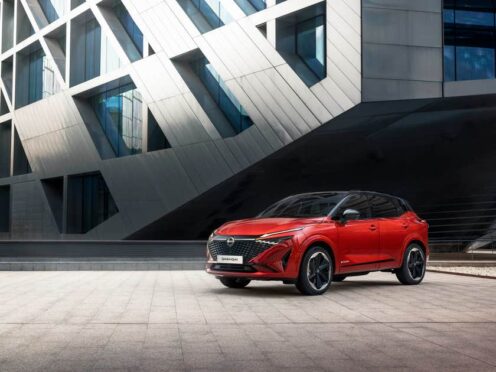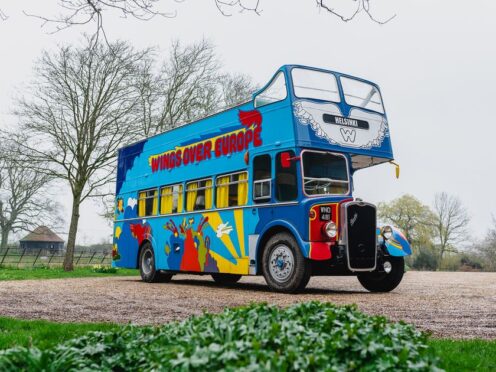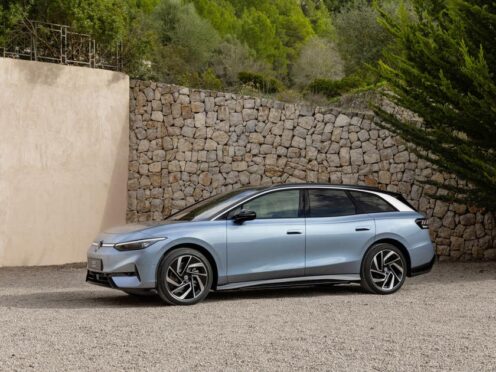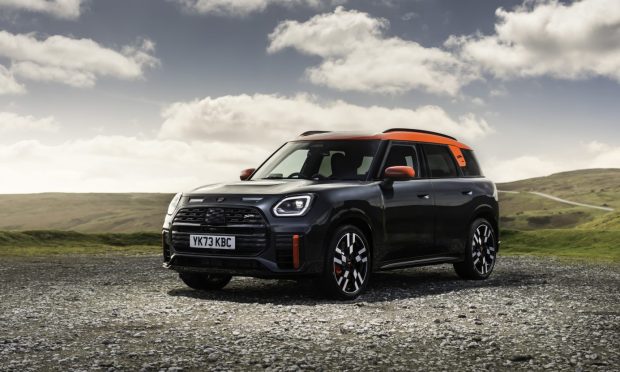Brian Townsend drives down Memory Lane to recall car names long gone from our showrooms and roads…
From the 1920s to 1960s one of THE cars to own was an Alvis. Sporty, upmarket and luxurious, in their heydays they won admiring glances—and still do today at classic car events.
Thomas George John started by making components and stationary engines in Coventry in 1919, then named the firm Alvis and began car-making in 1921-2. Alvis had ahead-of-its-time ideas—in 1929 they launched a front-wheel-drive roadster, the 12/75. However, like many car firms then, they only made the engine, driveline and chassis and farmed the coachwork out to a swathe of bodybuilders.
Alvis had a chequered existence. They switched to aircraft engine and armoured vehicle production in 1939, were badly bombed by the Luftwaffe in 1941, resumed car-making in 1945, were bought by Rover in 1965, stopped making cars in 1967, became part of British Leyland and were acquired by United Scientific Holdings in 1981 to make military vehicles. Finally, Alvis joined BAE Systems in 2004, but the car side has since been bought and revived as Red Triangle at Kenilworth.
Alvis produced many great cars from the 1930s onwards, today regarded as absolute classics. Now four of them (1935 Bertelli Sports Coupe, the Vanden Plas Tourer and 1938 Lancefield Concealed Hood, all powered by a 4.3-litre straight six, plus the post-war Park Ward three-litre Drophead Coupe) are being recreated today—albeit with modernised engines, brakes and electrics—at the factory in Kenilworth.
Only 25 of each model will be built, with price tags far into six figures, plus an undisclosed number of the widely admired post-war Graber of Switzerland-bodied Alvis 3-Litre. All will be built to specific customer order so none are likely to turn up in your local car showroom. However, it’s great to think that Alvis is roaring back after a 50-year gap.
